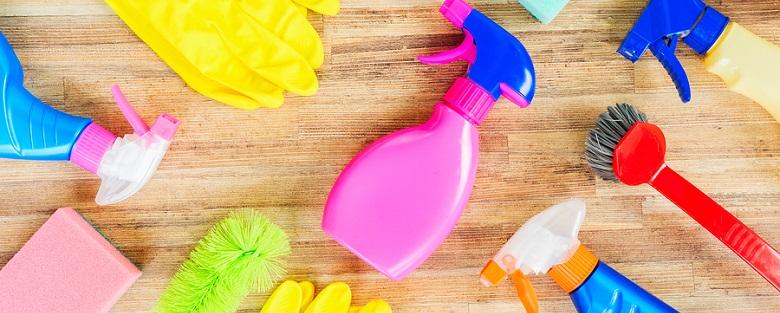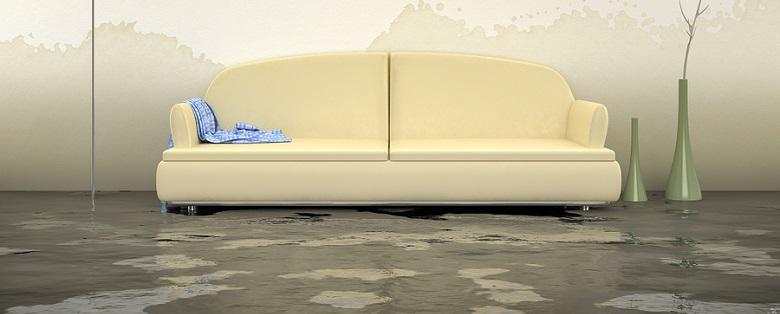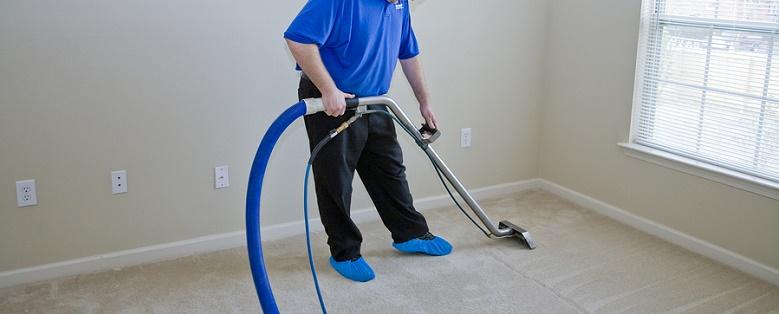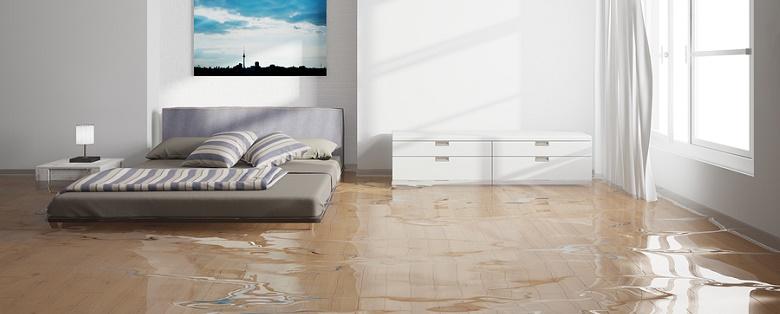
Water that leaks from inside or that enters your home from the outside can be very destructive. If you have sustained any kind of flood damage, even from a broken pipe or appliance, you should begin cleaning efforts quickly to prepare for flood damage repair.
Follow the suggestions referenced below to clean and dry your home or call for help from an experienced flood damage restoration service. Reducing the amount of damage sustained depends on acting fast and knowing how to properly clean up the mess.
Step 1 - Disconnect the Power
Electricity and water together are very dangerous. Before attempting to clean and dry any amount of water, start by first unplugging all appliances and electric items in the room and then removing them. If there is a large amount of water present, or flood damage affects larger areas in the home, cut the power to the home completely for safety.
Step 2 - Remove Everything
After removing electric items and appliances, begin your flood damage repair efforts by quickly removing anything else that can be taken out of the affected area. Remove furniture and fixtures that are not built in, as well as all personal belongings so the area is empty and can be dried and cleaned. Throw out items that are damaged beyond repair and leave others out of the area for flood damage restoration, if necessary.
Step 3 - Remove the Water
Once the affected area has been cleared of all items, start getting the water out. Choose a method suitable for the amount of water present. You can use towels, rags, and mops for smaller floods, or even wet/dry vacuums to quickly siphon up water from floors and carpeting. A sump pump may help in situations when there is standing water in the home.
If these methods do not work sufficiently or fast enough, the best suggestion is to call a flood damage restoration service that can suction the water out with a high-powered floor and carpet machine.
Step 4 - Get the Area Dry
When as much water has been removed as possible, start drying out the area. The key to flood damage repair lies in getting things dried out as quickly as possible before mold and mildew can begin to grow. Open the windows and set up multiple fans in the area to keep air circulating and draw out moisture. Set up a dehumidifier to help the process.
Drying time will vary depending on how much water is still in the floors and rugs, as well as the outside air humidity. It can take anywhere from a couple of days to a number of weeks.
Step 5 - Disinfect and Deodorize
After affected areas have been dried out, go through and apply a disinfectant to kill off any bacteria, mold, or mildew that could begin to grow. Use products made for flood damage treatment. Then dry the area again. Apply deodorizers to carpeting and dry again. Odors, along with mold and mildew growth, can be arrested by using the right products; however, unless the area is thoroughly dried, these problems could return.
Depending on the extent of the flood damage, you may be able to clean and dry your home quite easily. Yet when the damage is significant due when a large amount of water is involved, you may find using professional flood damage restoration services is a better option. With industrial quality machines and effective disinfectant solutions, flood damage repair services can make your home good as new after suffering water damage!


